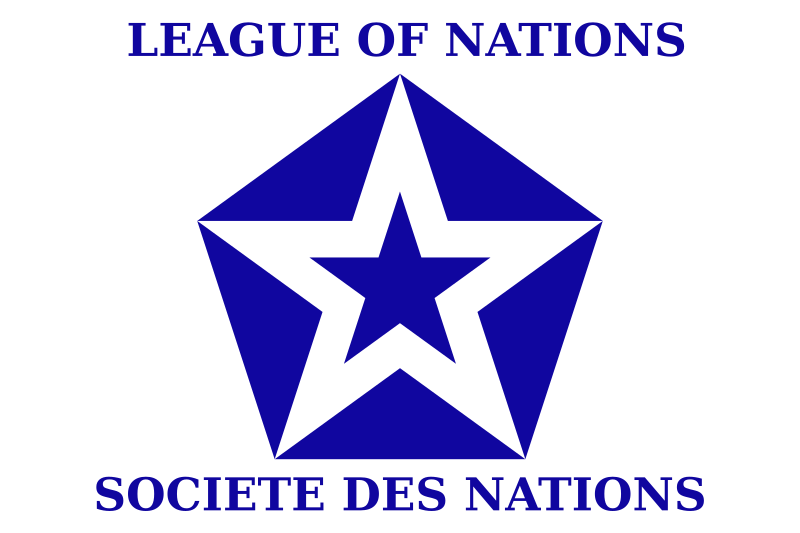
Introduction
The International Convention for the Suppression of Traffic in Women and Children, adopted in 1921, marked a significant advancement in the global effort to combat human trafficking. This essay delves into the context, content, and impact of this pivotal convention, highlighting its role in shaping international responses to the trafficking of vulnerable groups.
Historical Context and Genesis
In the early 20th century, the world witnessed increasing awareness about the plight of women and children being trafficked across borders for exploitative purposes, including forced labor and prostitution. This period saw the rise of international women’s movements and heightened sensitivity towards children’s rights, creating a fertile ground for global action against such exploitation.
The 1921 Convention was a response to these growing concerns, building on the foundation laid by the earlier International Agreement for the Suppression of “White Slave Traffic” of 1904 and 1910. It was a time when the international community began to recognize the need for a more comprehensive and inclusive approach to address human trafficking.
Provisions of the Convention
The Convention was groundbreaking in its scope and ambition. It extended its protection to women and children of all races, a significant departure from earlier treaties that focused primarily on European women. The Convention called for the criminalization of trafficking in women and children for immoral purposes and stressed the importance of international cooperation in combating this issue.
It outlined measures for signatory states to take, including the establishment of a legal framework to punish traffickers, the protection and repatriation of victims, and the monitoring of transportation channels frequently used by traffickers. The Convention also encouraged countries to establish national bodies to effectively implement these measures.
Impact and Limitations
The 1921 Convention represented a crucial step in international law, as it brought the issue of human trafficking into the realm of public international concern. It laid the groundwork for later protocols and conventions, expanding the legal tools available to combat trafficking.
However, the Convention had its limitations. Its implementation was uneven across member states, and its focus on morality sometimes overshadowed broader social, economic, and political factors contributing to trafficking. Moreover, the Convention did not adequately address the root causes of trafficking, such as poverty, inequality, and gender discrimination.
Conclusion
The International Convention for the Suppression of Traffic in Women and Children in 1921 was a landmark in the history of international human rights law. It highlighted the urgent need to protect the most vulnerable members of society from exploitation and abuse. While not without its flaws, the Convention was a critical step forward in the ongoing fight against human trafficking, a fight that continues to evolve and challenge the global community in the 21st century. Its legacy serves as a reminder of the power of international cooperation and the enduring importance of safeguarding human dignity and rights.

